Photography has evolved significantly over the years. With advancements in technology leading to a wide range of camera types suited to various preferences, skill levels, and photographic needs. From compact point-and-shoot cameras to professional-grade DSLRs and mirrorless cameras, each type offers unique features and capabilities.
Let’s explore seven different types of cameras for photography:
1. Digital Single-Lens Reflex (DSLR) Cameras
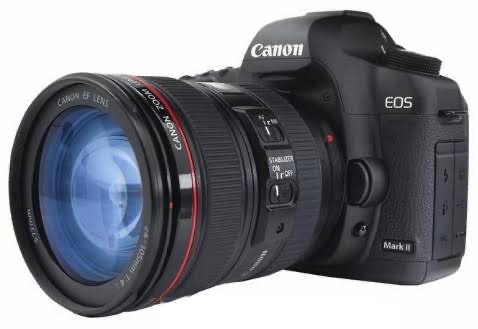
– DSLR cameras are popular among professional photographers and enthusiasts for their versatility, excellent image quality, and interchangeable lens system.
– They feature a mirror mechanism that reflects light from the lens to an optical viewfinder. Allowing photographers to preview the scene directly through the lens.
– DSLRs offer manual control over exposure settings, autofocus capabilities, and compatibility with a wide range of lenses. Making them ideal for various genres of photography, including portraits, landscapes, and sports.
2. Mirrorless Cameras for photography
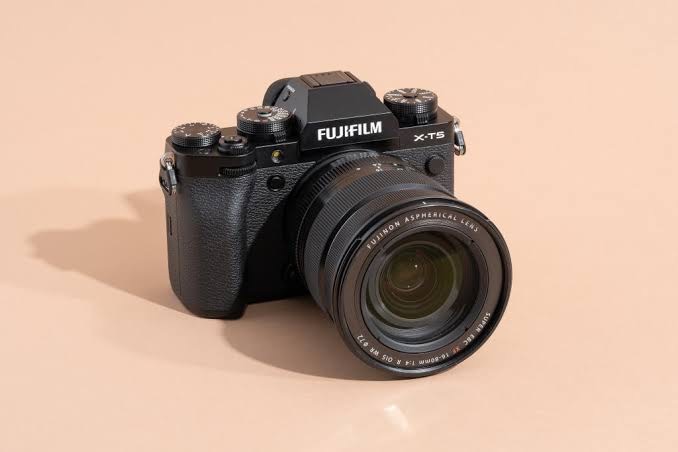
– Mirrorless cameras, as the name suggests, lack the mirror mechanism found in DSLRs, resulting in a more compact and lightweight design.
– Instead of an optical viewfinder, mirrorless cameras use electronic viewfinders (EVFs) or rear LCD screens to display a digital preview of the scene.
– Mirrorless cameras offer similar image quality and performance to DSLRs but often feature advanced autofocus systems, 4K video capabilities, and in-body image stabilization (IBIS).
3. Compact Point-and-Shoot Cameras for photography
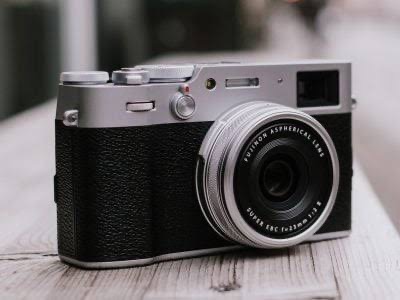
– Compact cameras are small, portable, and easy to use, making them popular among casual photographers and travelers.
– They typically feature fixed lenses with zoom capabilities and automatic exposure modes, making them suitable for everyday snapshots and casual photography.
– While compact cameras may not offer the same level of control or image quality as DSLRs or mirrorless cameras, they are convenient for capturing spontaneous moments on the go.
4. Bridge Cameras
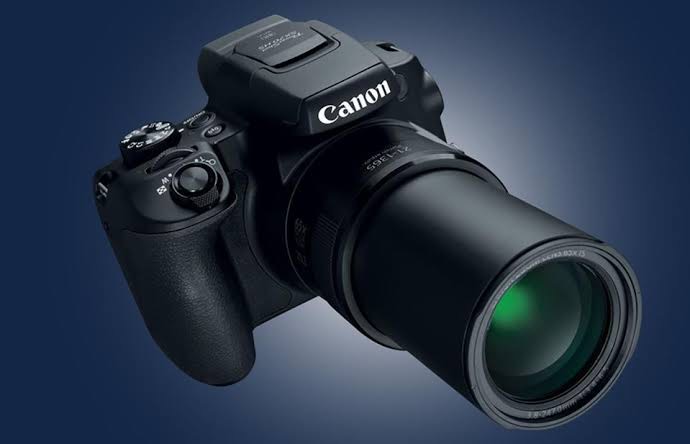
– Bridge cameras bridge the gap between compact point-and-shoot cameras and interchangeable lens systems, offering a versatile all-in-one solution.
– They feature fixed, long-range zoom lenses with a wide focal range, allowing photographers to capture a variety of subjects without changing lenses.
– Bridge cameras often include advanced features such as manual exposure modes, electronic viewfinders, and image stabilization, making them suitable for amateur photographers looking for more control and versatility.
5. Medium Format Cameras
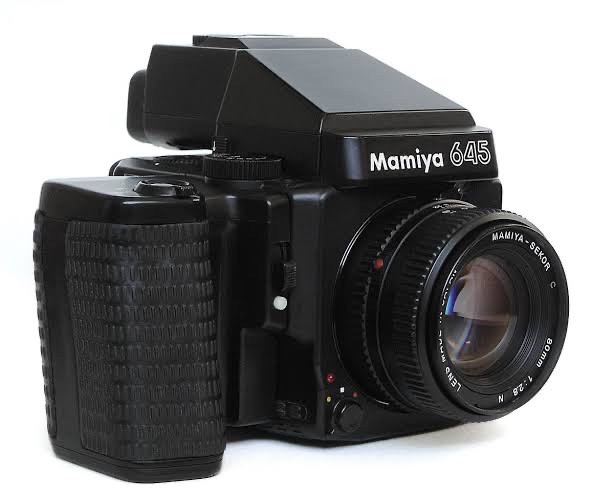
– Medium format cameras use larger image sensors than traditional DSLRs and mirrorless cameras, resulting in higher resolution and superior image quality.
– They are favored by professional photographers for commercial, studio, and landscape photography, where detail and dynamic range are critical.
– Medium format cameras are available in both digital and film formats, with digital medium format cameras offering features such as high-resolution sensors, interchangeable digital backs, and advanced autofocus systems.
6. Action Cameras

– Action cameras are designed for capturing fast-paced action and extreme sports in challenging environments.
– They are compact, rugged, and waterproof, making them ideal for mounting on helmets, bikes, or vehicles to capture immersive POV (point-of-view) footage.
– Action cameras feature wide-angle lenses, high frame rates, and electronic image stabilization to ensure smooth, stabilized footage even in shaky conditions.
7. Film Cameras

– While digital photography has become dominant. Film cameras still hold a special place in the hearts of many photographers for their unique aesthetic and tactile experience.
– Film cameras use traditional photographic film to capture images, offering a different look and feel compared to digital images.
– They come in various formats, including 35mm, medium format, and large format, each with its own characteristics and advantages.
In conclusion, the world of photography offers a diverse array of camera types to suit every preference, skill level, and photographic style. Whether you’re a professional photographer. An enthusiast, or a casual shooter, there’s a camera out there to help you capture your vision and unleash your creativity. From DSLRs and mirrorless cameras to compact point-and-shoots and film cameras. Each type offers its own set of features and capabilities to inspire photographers to explore the world through their lens.


Pingback: 3 best Action Cameras to use - SimplExplainer
Pingback: Medium Format Cameras - SimplExplainer